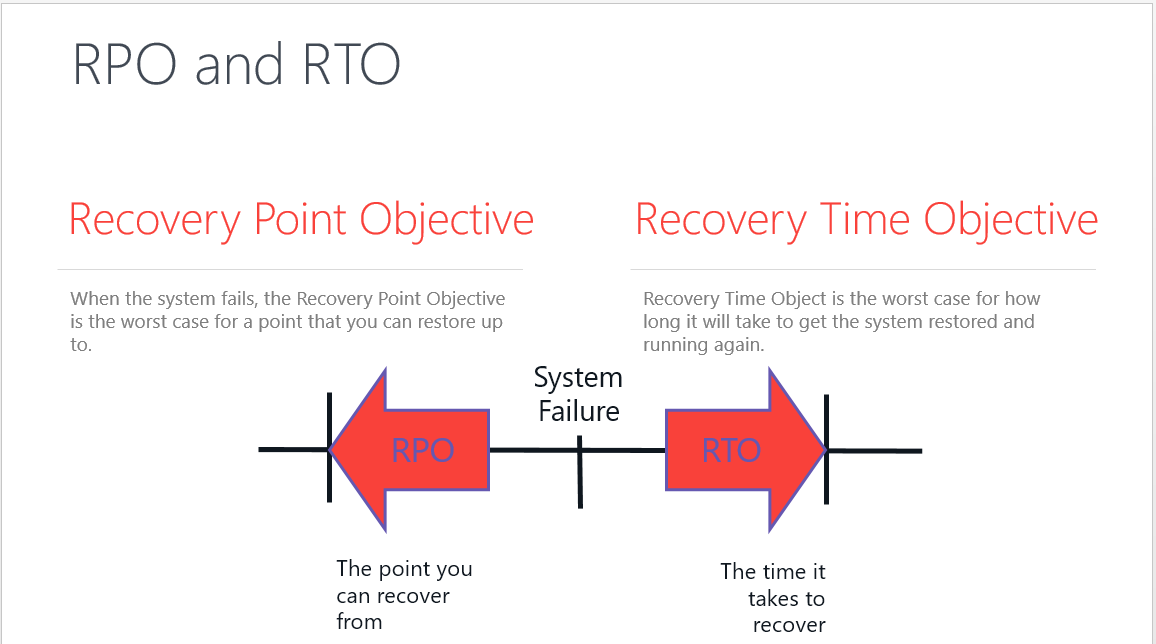SQL Server Errors 823, 824, or 825
Errors 823, 834, and 825 are all related to I/O errors in SQL Server. These errors occur when SQL Server is unable to read or write data to the disk due to a hardware or software failure. Error 823 “I/O error (torn page) detected during read at offset,” indicates that SQL Server has detected a torn page on the disk. …








